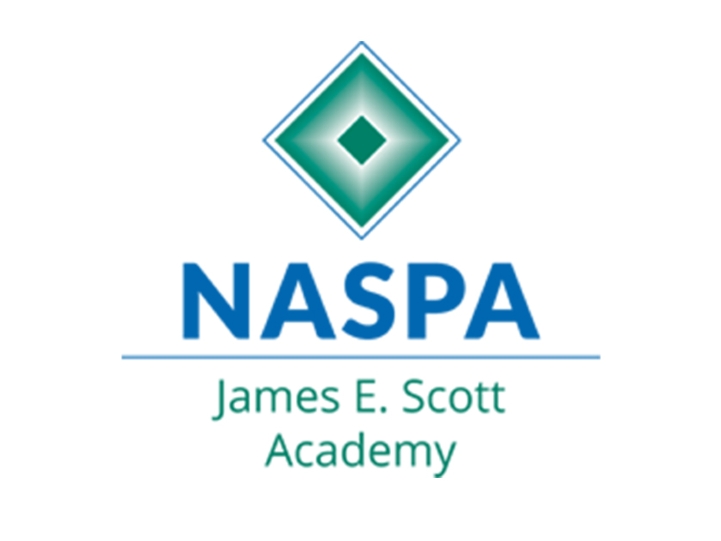
Towards a Salutogenic Approach to Student Well-being
Health, Safety, and Well-being Student Success Supporting the Profession AVP or "Number Two" Senior Level VP for Student Affairs
April 26, 2023
“If the frogs in a pond started behaving strangely, our first reaction would not be to punish them. Instinctively, we’d wonder what was going on in the pond” -D. Reist, ACHA National Conference, 2017.
It’s not just about the individual. It’s also about the environment the individual lives and learns in. This is especially true as we consider ways to further support our students’ health and well-being. We know there is – and will always be – demand for clinical services provided by our health and counseling centers. But we also know that there aren’t nearly enough clinicians to adequately address the demand for clinical care on our campuses. And there never will be. But we’re not powerless in what we can do to support our students’ health and wellbeing.
In the fall of 2021, University at Albany President, Havidán Rodríguez, signed the Okanagan Charter, designating UAlbany as a Health Promoting University (HPU) and establishing it as a member of the United States Health Promoting Campuses Network (USHPCN). Becoming an HPU signals an institutional commitment to “embed health into all aspects of campus culture.” Beyond that, however, becoming an HPU requires a non-trivial shift in how we think about students’ health and wellbeing on campus.
For as long as I can remember, most of us have sought to address issues of college student health and well-being through a “pathogenic” lens. That is, by studying “sickness” we can somehow come to understand and enhance health. A pathogenic approach defines health as “the absence of disease” (CJ Fries, 2020). It’s a reasonable approach. By studying the sickness, we tend to focus on “challenges” we confront – think drugs, alcohol, and, yes, mental health.
A health promoting approach, however, shifts the focus from “the deficit model of disease to the health potentials inherent in the social and institutional settings of everyday life” through a salutogenic orientation (M. Dooris, et al., p. 308). By seeking to create campus environments and cultures that actively support student health and well-being, a salutogenic approach makes “specific resistance resources available to students…thereby enabling a strengthened sense of coherence” (p.309). By embedding health into campus culture, we can more thoughtfully engage our campuses – our colleagues and our students – in identifying opportunities and resources to build a truly salutogenic campus environment.
How are we sharing resources to support student health? In addition to sharing resources, are strategies for self-care embedded in new student orientation? Do we work with teaching faculty to include resources and self-care tips in course syllabi? How do we ensure that resources are accessible to our students in the most inclusive ways possible? Are we committed to on-going messaging around student health, wellbeing, and self-care?
As Herbert and DeBurro, in a 2022 Inside Higher Education piece, note:
We must connect student experiences into a well-coordinated network, ensuring that each node of the network affords ample opportunities to help students build concrete skills. We must encourage faculty members and professional staff alike to work as members of a dynamic, interdisciplinary team rather than as isolated units…we must work together to synchronize efforts to support and empower students’ intellectual and psychological growth. (para. 6)
As we consider ways to adopt a more sustainable model of health promotion on our campuses, Dooris et al. (2022) suggest that we leverage “a traditional pathogenic focus on addressing health needs and problems with a salutogenic focus on harnessing a university’s strengths, assets and potentials” (p.309).
Yes, we’ll need staff psychologists and nurse practitioners and others to meet the individual clinical demands of some of our students. But we’ll also need to consider a whole university approach to thoughtfully engage campus stakeholders – faculty, staff, and students alike – in contributing to a campus environment that makes health everyone’s shared responsibility.
 Michael N. Christakis serves as the vice president for student affairs and public service professor at the University at Albany and is a member of the NASPA James E. Scott Academy Board.
Michael N. Christakis serves as the vice president for student affairs and public service professor at the University at Albany and is a member of the NASPA James E. Scott Academy Board.
References
M. Dooris, S. Doherty, & J. Orme (2022). “Applying Salutogenesis in higher education: The handbook of Salutogenics (2nd ed.). Springer Open.
CJ. Fries (2020). Healing Health Care: From Sick Care Towards Salutogenic Healing Systems. Social Theory & Health, 18, 16–32.
J. Herbert & J. DeBurro (2022, September 27). More than just more counselors. Inside Higher Education. https://www.insidehighered.com/views/2022/09/28/adding-counselors-wont-solve-mental-health-crisis-opinion